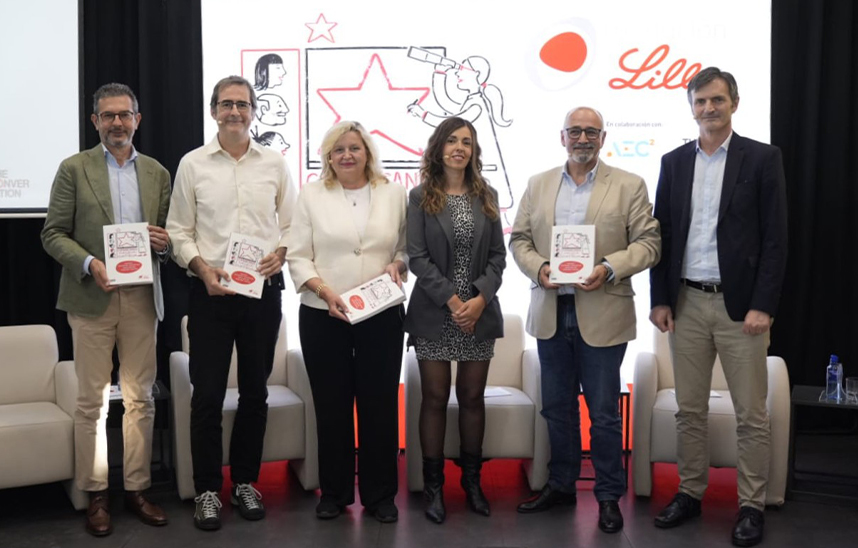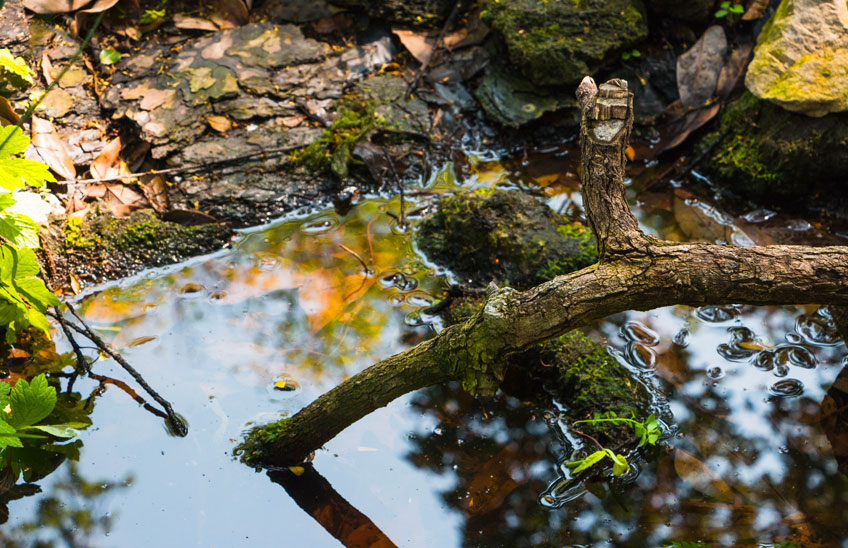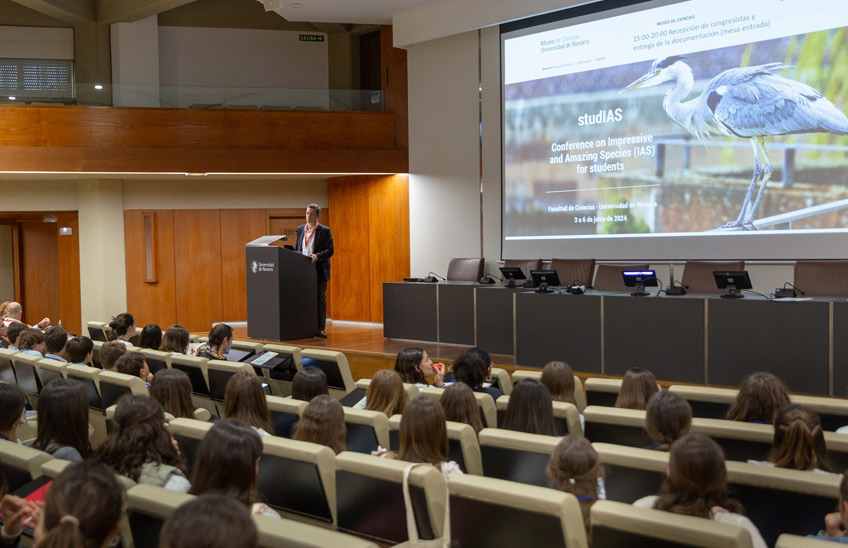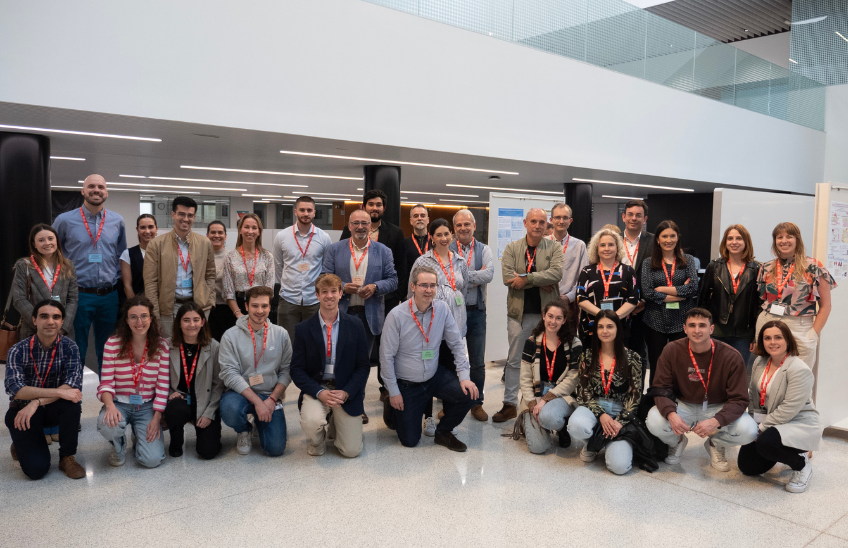BIOMA Institute collaborates in a project to use the barn owl as pest control.
In partnership with Tierra Rapaz and Bodegas Manzanos, the BIOMA Institute aims to repopulate the barn owl as a natural pest control in agricultural areas.
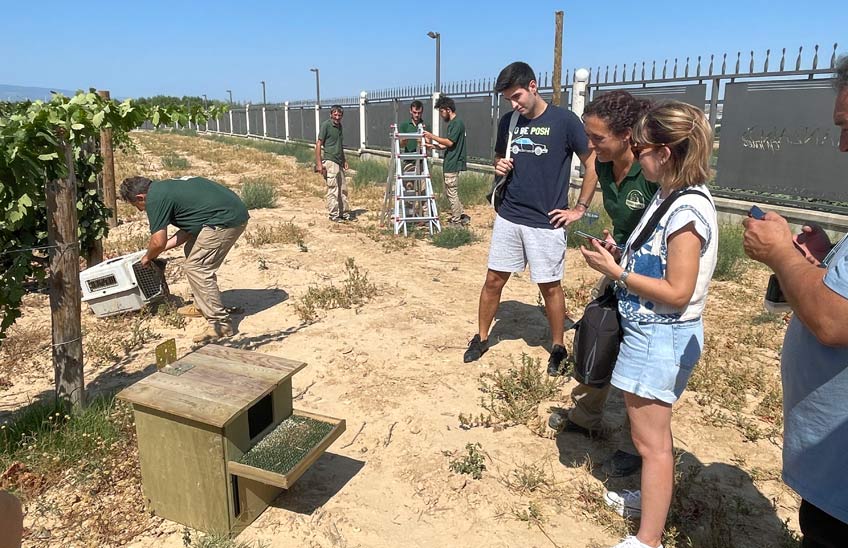
29 | 10 | 2024
Nature has always had its own balancing mechanisms, and predators play a crucial role in this. A clear example is the barn owl(Tyto alba), an effective pest controller in agricultural crops, especially against the field vole, one of the greatest threats to farmers in recent years. "The generalist nature of its per diem expenses, makes this species a great ally in maintaining the balance of small mammal populations as it tends to feed on those that occur in greater abundance in the natural environment," says David Galicia, researcher of the BIOMA Institute, who assures that in addition, "the use of pesticides and the risks that these entail for both fauna and human health are avoided."
In an effort to restore this natural balance and reduce the use of pesticides, the BIOMA Institute, in partnership with the Tierra Rapaz Foundation, is participating in an innovative project to repopulate the barn owl in the vineyards of Bodegas Manzanos in Azagra (Navarra). This project has a double goal: to reintroduce the barn owl in an area where its population has decreased significantly, and to take advantage of its capacity as a biocontroller to reduce the dependence on pesticides, promoting a more sustainable agriculture.
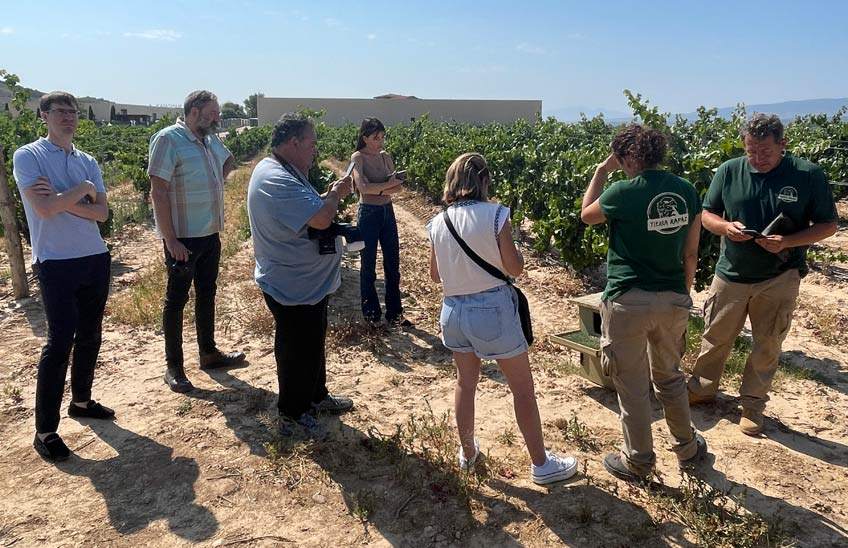
Using the 'hacking' method, which consists of rearing wild animals with the minimum of contact humans for their introduction into a natural environment, nest boxes have been installed where the chicks, raised in captivity, are assisted until they are ready to live independently, "with the hope that next year the chicks will breed naturally in the installed nest boxes," says Luis Lezana, from Tierra Rapaz. These new inhabitants will not only help to control rodent populations, but will also contribute to the balance of local ecosystems.
The project, which is expected to be transferred to other areas of Navarra and La Rioja leave, foresees the reintroduction of a total of ten chicks, born in captivity, thus promoting sustainable agriculture and balance in the ecosystems of Navarra, where owls have been progressively disappearing.

